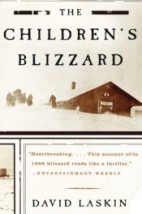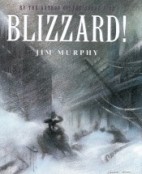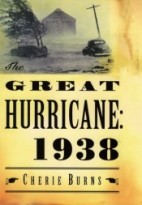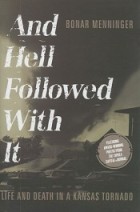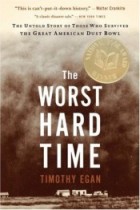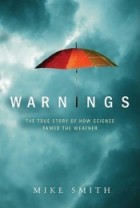 Despite spending the better part of the past decade with my ear to the ground, listening for stories about Kansas’ most interesting crimes and criminals, Ben and Stella Dickson–two bank robbers who would eventually make the FBI’s Public Enemies list–never blipped on my radar.
Despite spending the better part of the past decade with my ear to the ground, listening for stories about Kansas’ most interesting crimes and criminals, Ben and Stella Dickson–two bank robbers who would eventually make the FBI’s Public Enemies list–never blipped on my radar.
At least, not until this year, when I spotted Matthew Cecil’s The Ballad of Ben and Stella Mae: Great Plains Outlaws Who Became FBI Public Enemies Nos. 1 and 2 listed among the University Press of Kansas’ new releases.
Author Matthew Cecil’s fascination with the Dicksons stems from his childhood in Brookings, South Dakota, the location of one of Ben and Stella’s bank robberies. Cecil spends years tracing the Dicksons’ movements, from the bad luck and bad decisions that set them on their destructive path to FBI Director J. Edgar Hoover’s obsessive need to take them down by any (legal or not so legal) means.
Benjamin Johnson Dickson was born in Topeka in 1911. His father taught chemistry at Topeka High School, and his household was, by all accounts, a warm and happy place where reading and education were highly valued. Ben was a Boy Scout who was commended for saving a woman from drowning in a local pond. He was both studious and a good athlete, and he became known for his skills as a featherweight boxer.
In 1926, when Ben was 15, he and some friends were arrested for joyriding in a neighbor’s car without permission, and Ben was sentenced to serve time in the Kansas Industrial Reformatory. This–and his skills as a boxer–put him on the radar of the Topeka police, and he became one of their favorite suspects for every crime. After a cab driver accused Ben of knocking him unconscious and stealing money and the cab (a crime he likely didn’t do), Ben’s life became a series of thefts, aliases, and stints in prison, including time in “The Walls,” the Missouri State Penitentiary.
Eleven years his junior, Stella Mae Irvin also hailed from Topeka. She was a typical teen until she was 15 years old, when she accepted a ride from a stranger and was violently raped and infected with gonorrhea. Treatment at that time was brutal and dehumanizing, and when Stella refused continuing treatment, she was referred to the Shawnee County Juvenile Court system.
By 1938, neither Ben nor Stella was in a good place. They met in Topeka (Stella was introduced to Ben as Johnny O’Malley), and eventually Stella would run away from home, meeting up with Ben in California. Ben and Stella married. In a matter of months, they would rob two banks (patiently waiting for the time-lock safes to open while determining whether customers inside could afford to give up a little cash), kidnap people (who were later compensated financially for their troubles), and steal (and wreck) several vehicles along the way. By April 1939, Ben was dead and Stella was left to answer for their crimes.
Cecil also documents the consequences of overzealous law enforcement. The descriptions of the Topeka Police’s gun “battle” with Ben at a motor camp–a gun battle that involved shooting in only one direction–are chilling, especially when, at that time, the Topeka police only wanted Ben for punching a guy in the face and stealing a car. Worse, though, is the FBI and Hoover’s almost desperate need to keep the bureau relevant in the public eye–even if it meant greatly exaggerating the threat the Dicksons posed to the public and inventing their own gun “battle” with Ben, which resulted in the bank robber being shot in the back, no weapon drawn, in St. Louis.
It’s hard to know what would have happened to Ben and Stella Dickson had Ben not been gunned down in front of a hamburger stand on April 6, 1939. Maybe they would have gone the way of Bonnie and Clyde and taken a violent turn. Or maybe, as the books and college pamphlets in their abandoned cars would suggest, they would have reinvented themselves and faded into obscurity. The question The Ballad of Ben and Stella Mae really asks, though, is who Ben Dickson and Stella Irvin might have become had fate dealt them a better hand early on.




